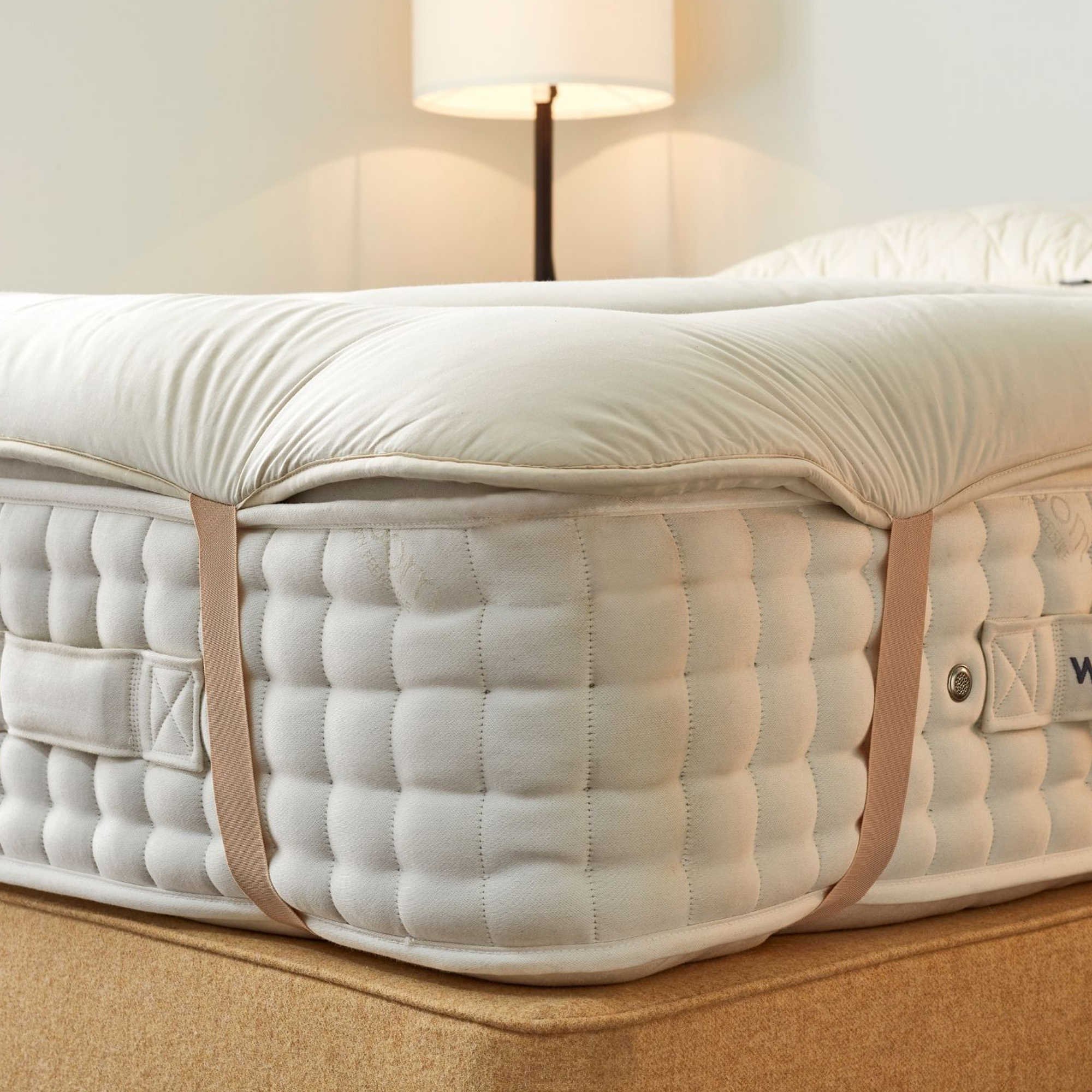Mattress topper vs protector – what's the difference and which do you need?
What's the difference between a mattress topper vs protector? Our sleep expert explains how they differ and which one you need for a better night's sleep
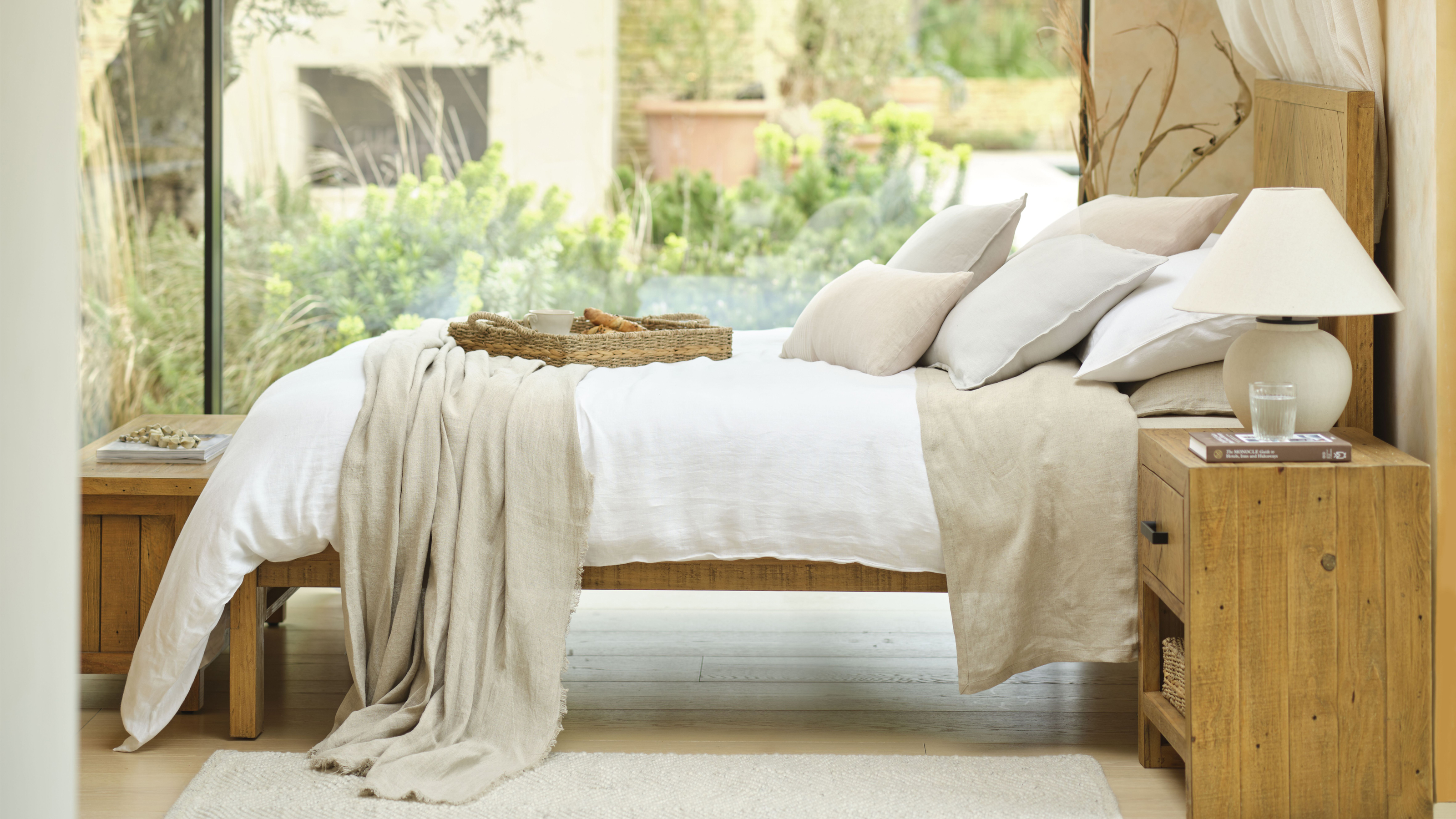

If you're weighing up the pros and cons of a mattress topper vs protector, then you're in the right place.
As Ideal Home's Sleep Editor I've tried, tested, and reviewed numerous toppers and protectors to compile our guides to the best mattress toppers and best mattress protectors on the market, and I'm here to explain the difference between a mattress topper and a protector, and to help you to decide which one will best suit your needs.
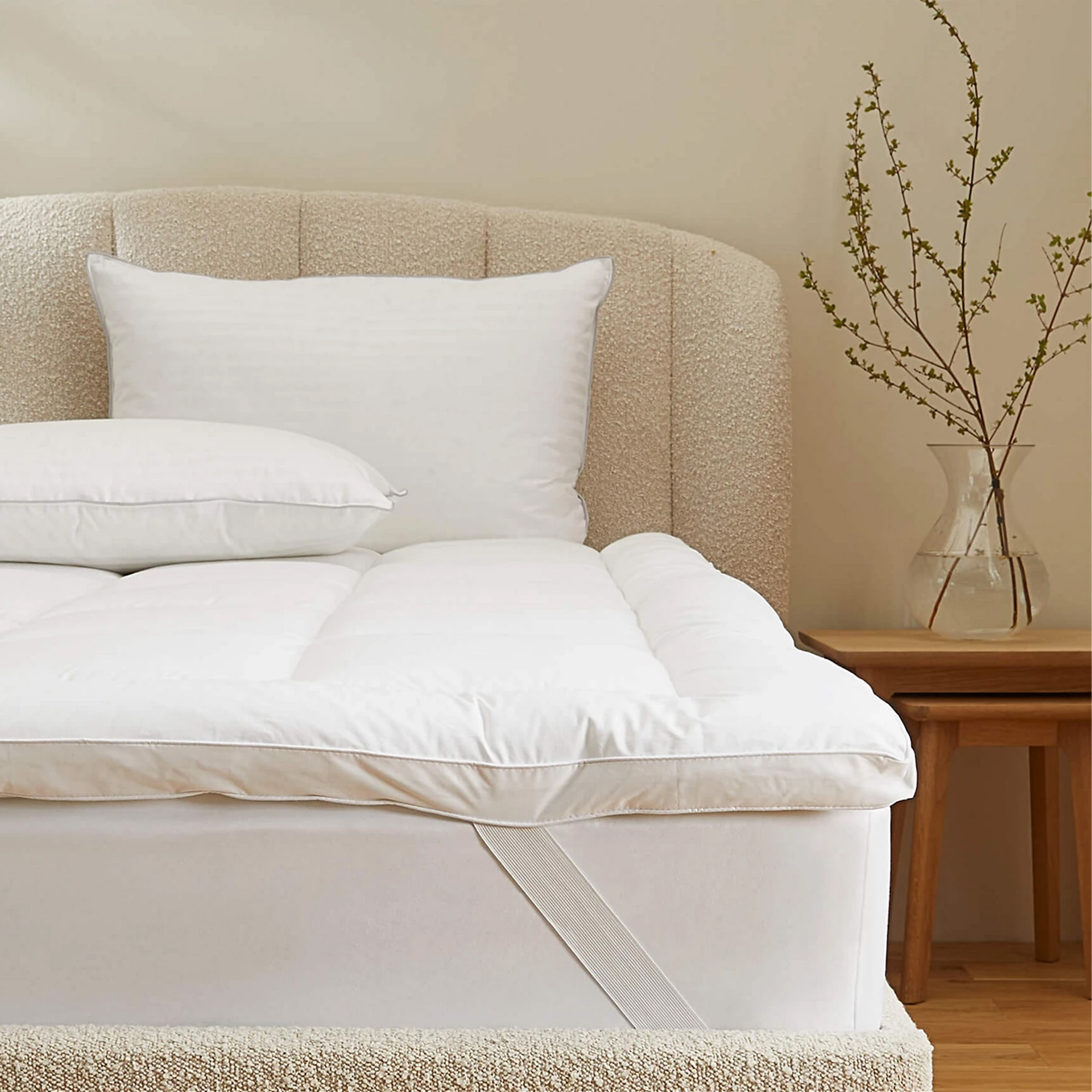
Mattress topper vs. protector: what is the difference?
Although you would think that going to sleep should be one of the simpler things in life, there are a whole host of products out there claiming to help you sleep better, and a lot of confusing terminology used in the bedding world.
The difference between a mattress topper vs. protector is a distinction that often trips people up, so I'll first break down what each one is, and then explain which one you might want to invest in.
What is a mattress topper
So, first up, what is a mattress topper? A mattress topper is a cushioning layer that you might add to the top of a mattress or a sofa bed to increase its comfort levels.
Mattress toppers are usually somewhere between 5 and 10cm deep, and are generally made from either a layer of memory foam or thick foam covered in a fabric outer, or they might feature a polyester, wool, or feather and down fill.
For instance, the Woolroom Deluxe Wool Mattress Topper has a wool fill that's 4-5cm deep, the Emma Premium Mattress Topper is made from 9cm deep synthetic foam, and the Simba Hybrid Topper is a 6.5cm mix of pocket springs and memory foam.
The main purpose of a mattress topper is to add extra comfort and cushioning to a sleep surface that's otherwise firmer than you would like.
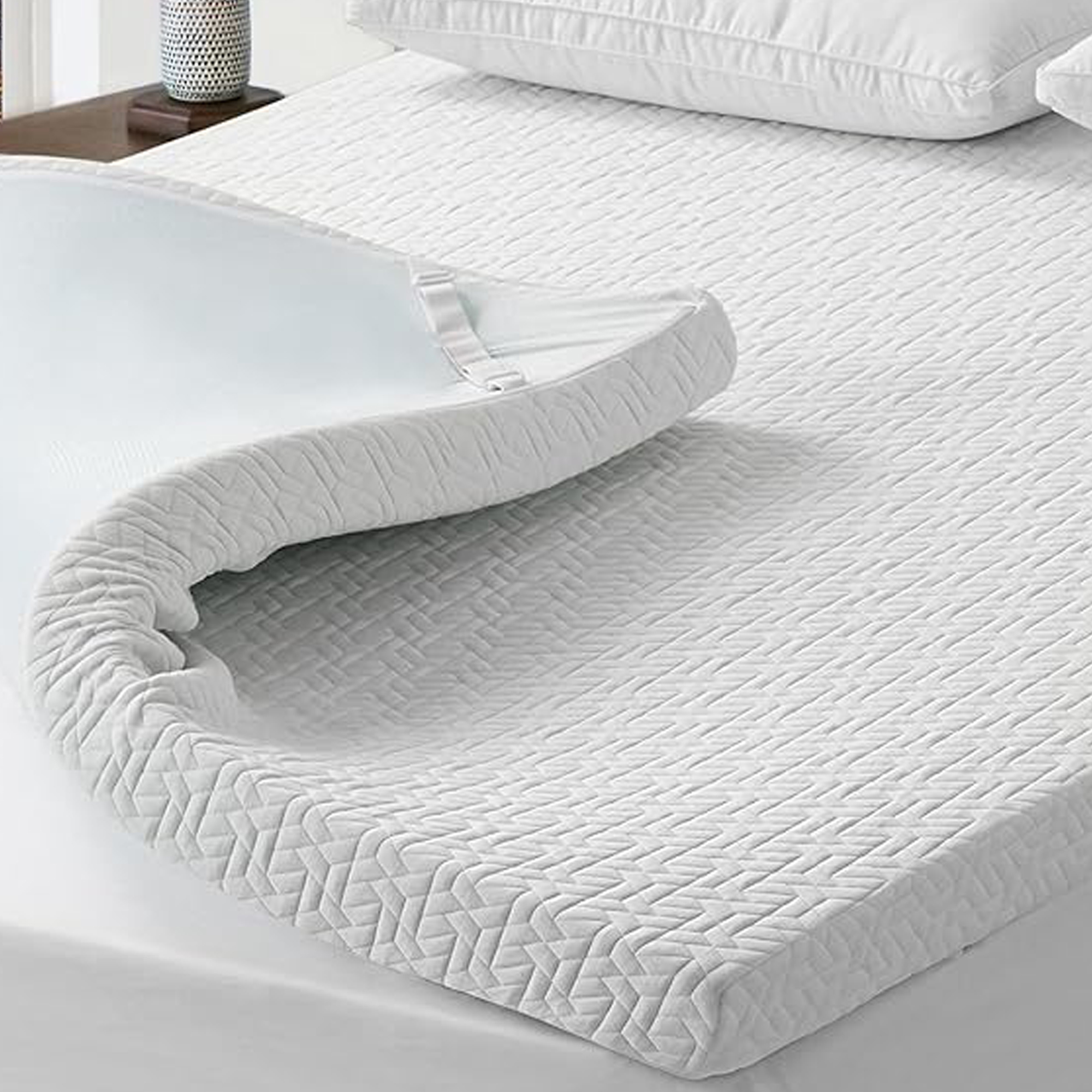
What is a mattress protector
A mattress protector is a thin fabric layer – much like a fitted sheet – that you attach on top of your mattress and below your bottom sheet to add an extra layer of protection and help to keep your mattress clean.
Mattress protectors can be waterproof or non-waterproof, but their main purpose is to add a protective layer to your mattress so you don't need to worry about accidental spills or marks damaging the mattress itself.
Unless it's waterproof, the top section of a mattress protector (the bit you will be lying on) usually has some light quilted wadding that's designed to keep any stains lifted up away from the mattress surface. (Unlike a simple sheet which lays directly on the mattress meaning stains could more easily transfer to the mattress itself).
However, the wadding on a mattress protector is usually only around 1cm deep, so a mattress protector doesn't offer cushioning in the same way a mattress topper does.
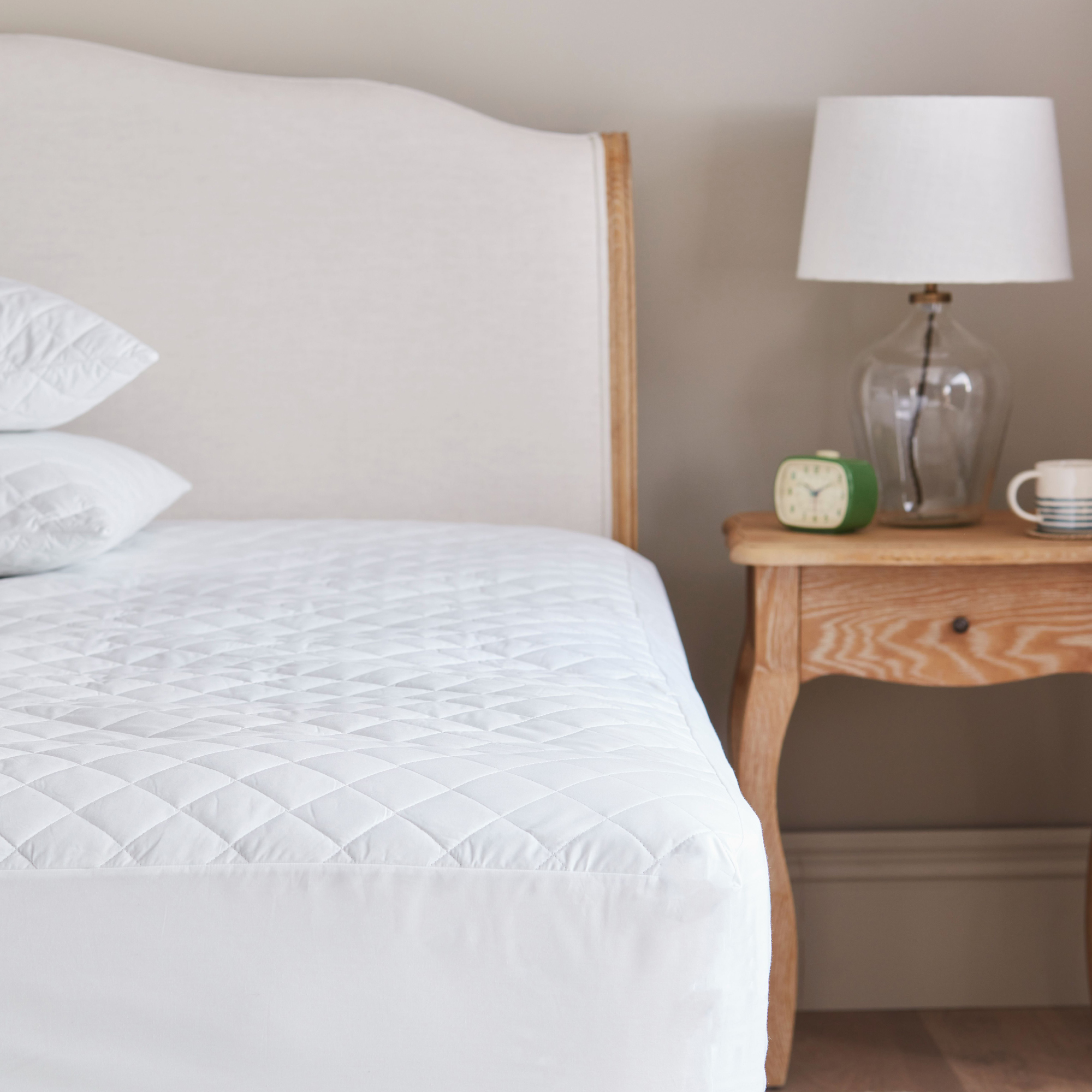
Do I need a mattress topper?
The key purpose of a mattress topper is to add extra cushioning to your existing mattress. So if you've recently invested in one of the best mattresses on the market, you shouldn't really need a mattress topper aswell.
However, if your mattress is uncomfortable, too firm, or has seen better days, then adding a decent mattress topper could make your sleep set-up a lot more comfortable.
A mattress topper can also be a particularly good addition to the bed if you usually sleep on your side as that extra 5-10cm comfort layer means that your hips and shoulders can sink deeper into your sleep surface for better spinal alignment when you lay on your side.
If you find yourself regularly overheating at night, then one of the best cooling mattress toppers could also add extra breathability to your bed for a cooler night's sleep.
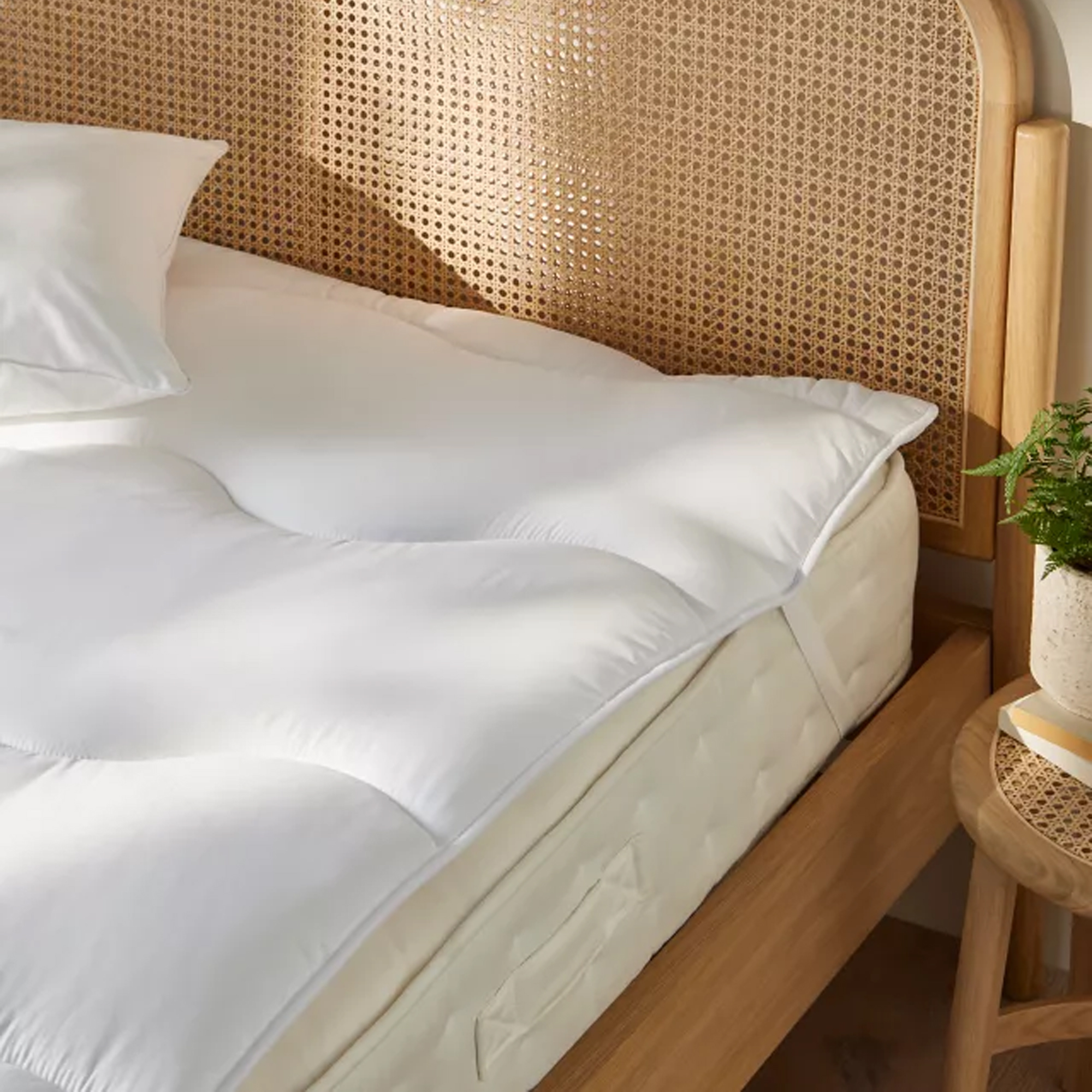
A mattress topper can also be a great solution for a firm sofa bed. As even the best sofa beds can still feel a lot less comfortable to sleep on than a dedicated guest bed, a mattress topper can be a really useful way to add cushioning and increase comfort levels for overnight guests.
The Panda Mattress Topper is particularly useful in this respect as it comes in a wide range of sizes meaning there's more likely to be an option that will fit a sofa bed, as a sofa bed sleep surface often doesn't match standard mattress sizing.
However, in a nutshell, unless you are searching for ways to add cushioning to a too-firm sleep surface, or you're looking for ways to combat a mattress that's causing you to overheat at night, then you don't need to purchase a mattress topper.
Which is good news, because mattress toppers can be expensive, ranging from around £40 at the cheaper (and thinner) end of the scale, to up to £200 for a thicker and more premium model.
I've rounded up three of my top recommendations below, although, if you're desperate for a more comfortable sleep, and don't have the budget right now to invest in a topper, some people swear by popping one of the best duvets between their mattress and bottom sheet for a little extra padding.
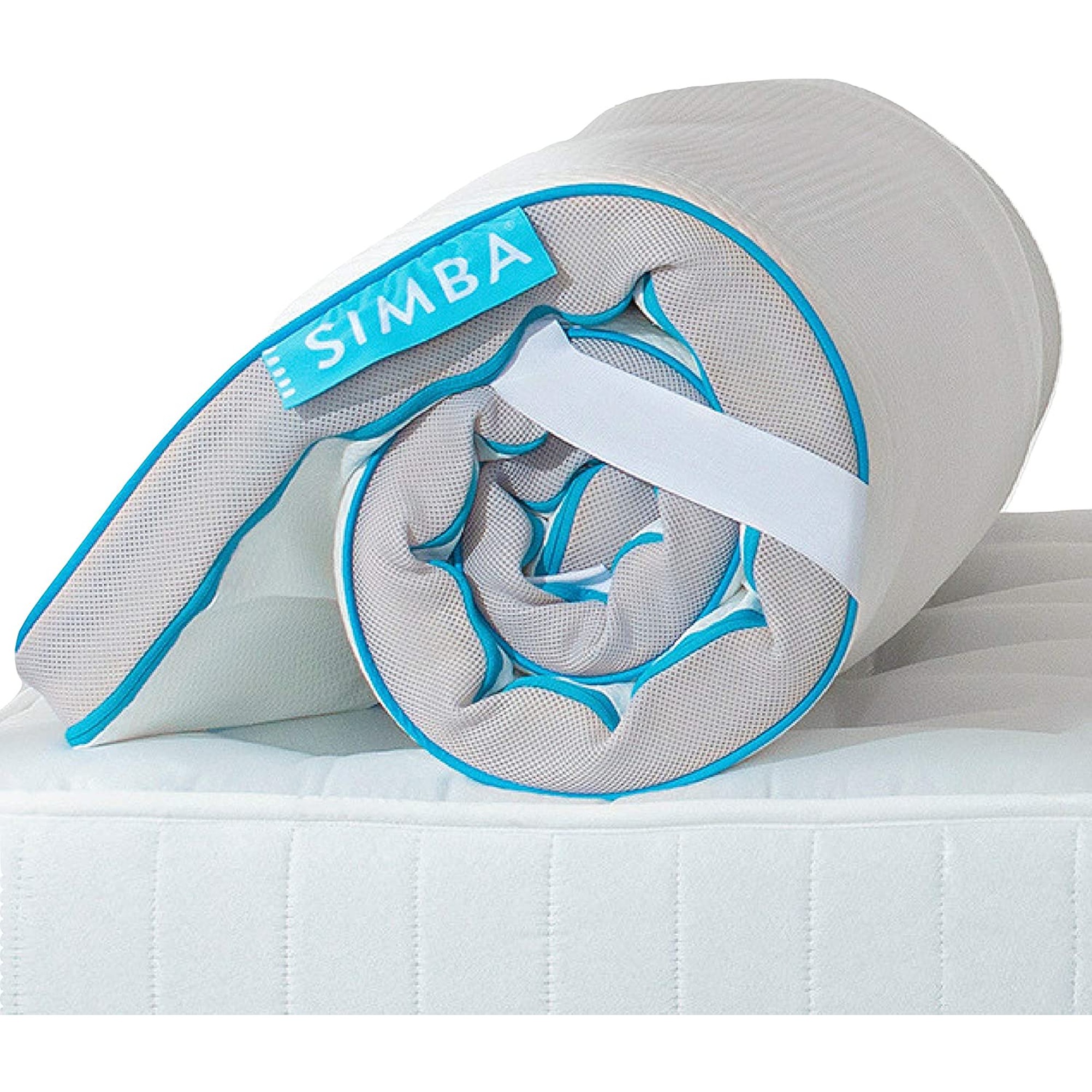
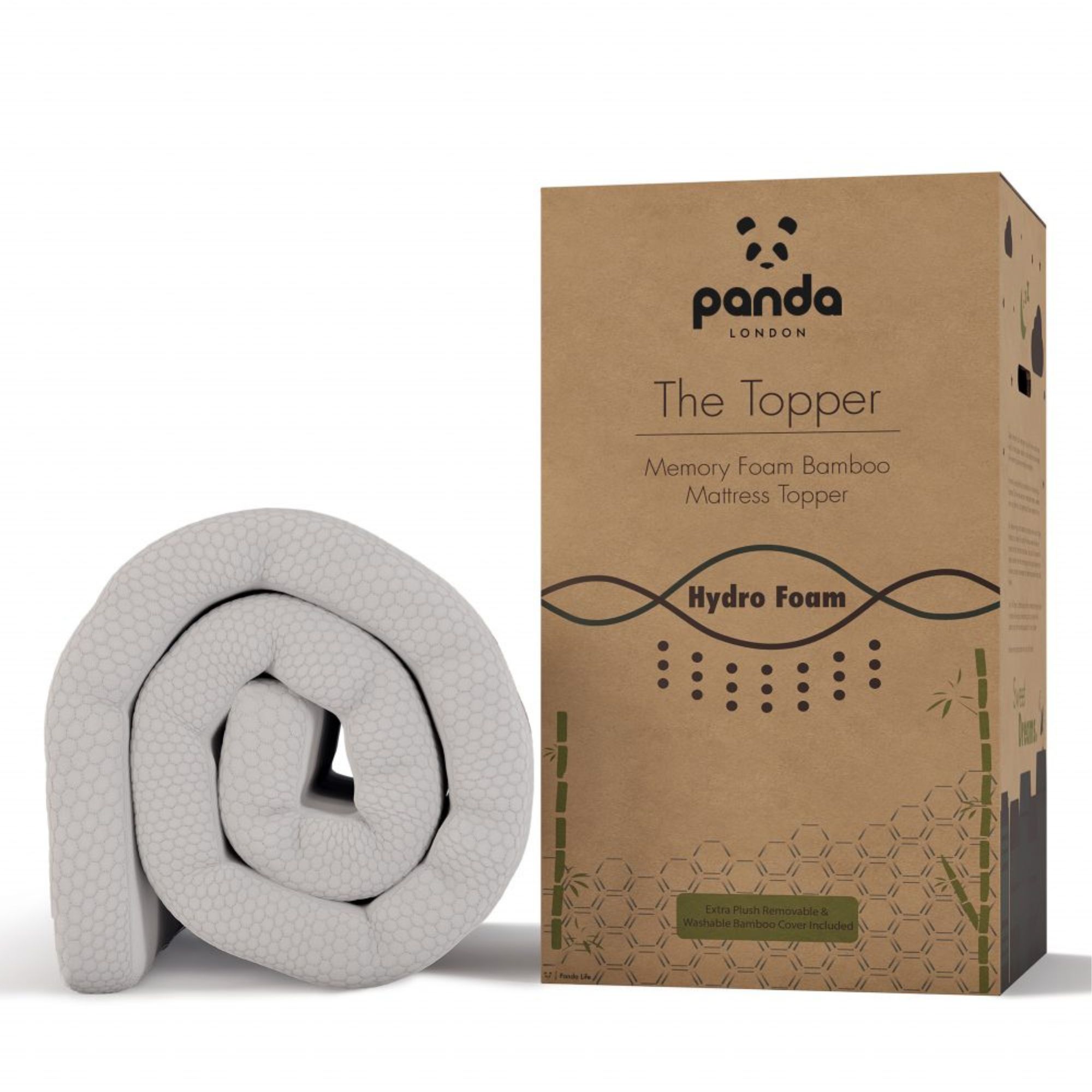
Do I need a mattress protector?
However, in comparison to a mattress topper, in my opinion, a mattress protector is something that everyone should invest in. And the good news is that there are plenty of affordable mattress protectors on the market so it won't break the bank to do so.
In fact, in the long run, purchasing a mattress protector could save you a lot of both time and money. That's because mattresses certainly don't come cheap, and although they can be cleaned (our guide to how to clean a mattress can help here) it's definitely far simpler to protect your mattress from getting stained, wet, or dirty in the first place.
If you're worried about bed wetting or incontinence then a waterproof mattress protector is an invaluable addition to your sleep set-up, and a non-waterproof mattress protector is perfect for protecting a mattress from stains or simply keeping your bed clean and fresh.
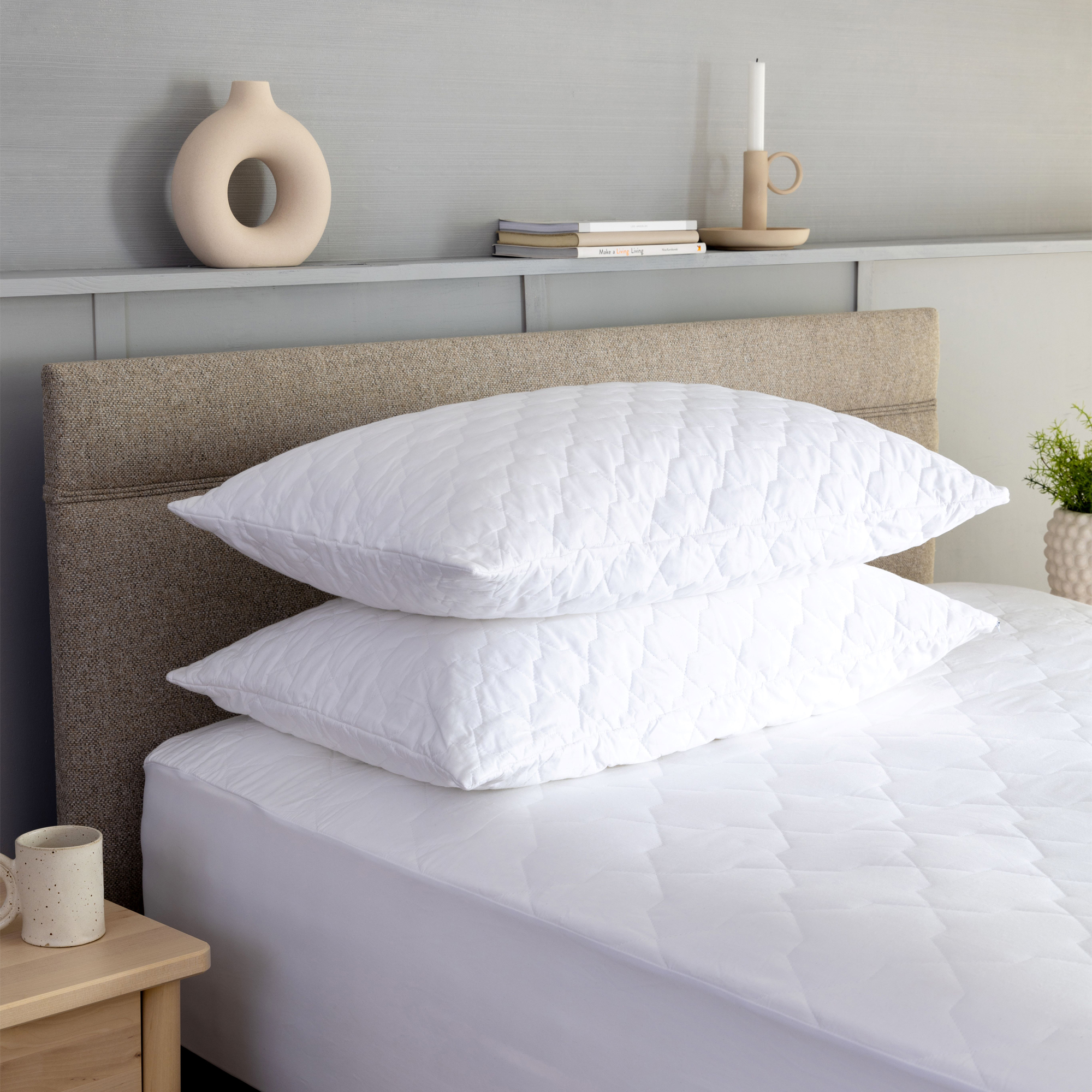
You can also add a mattress protector over a mattress topper to protect the topper and keep it clean! Again, we have guides to how to clean a mattress topper, and some can be machine-washed rather than spot-cleaned, but as they tend to be very bulky to wash it's far easier to keep a topper clean in the first place.
Look for a mattress protector that can be machine-washed and tumble-dried and you'll have a far simpler, quicker, and less stressful way of keeping your bedding fresh.
Our guide to where to buy bedding can point you in the right direction for finding a mattress protector to suit all ranges of budget. And luckily, this is one of the few products where there really isn't a great deal of difference between budget and premium priced options. I've also rounded up three of my top recommendations below.
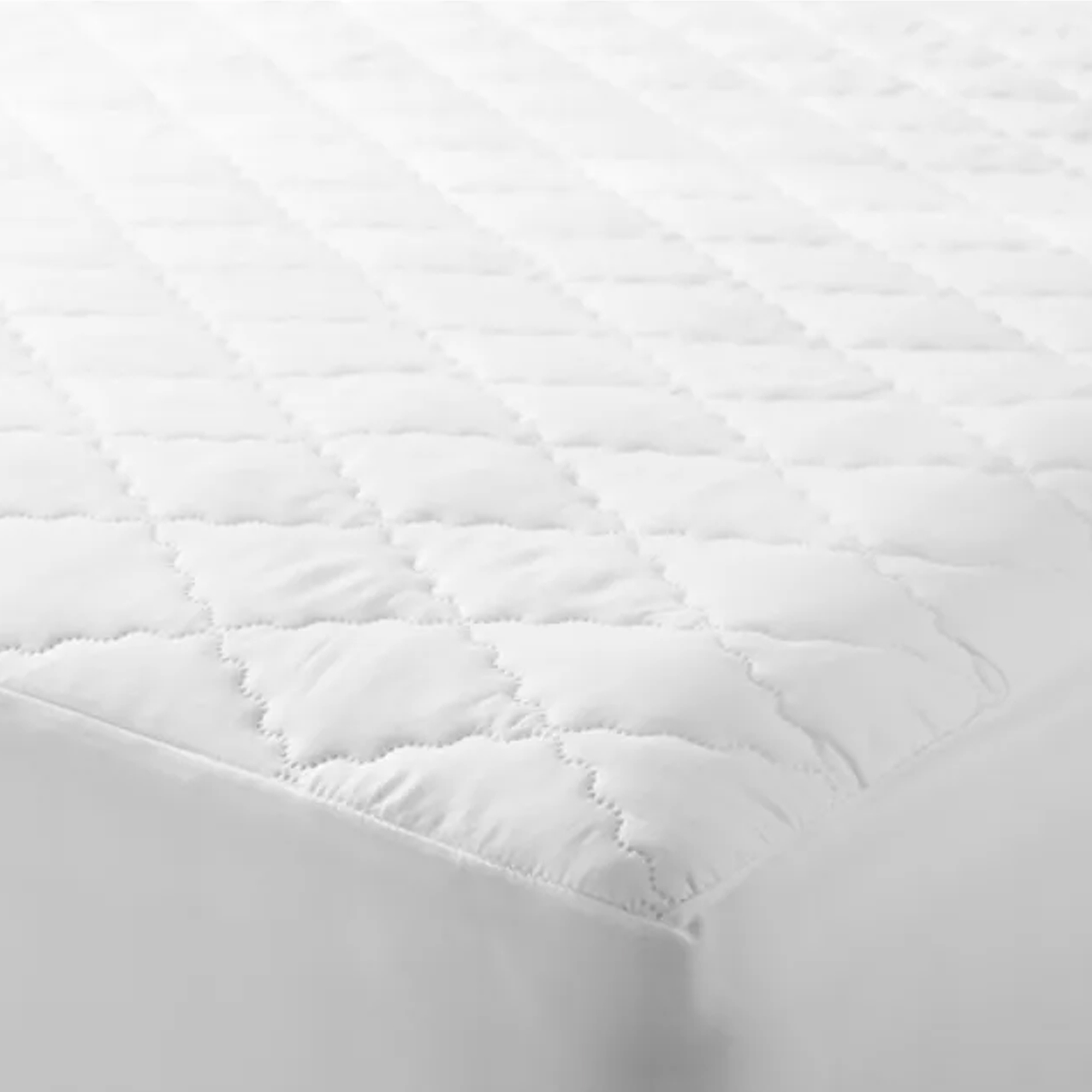
If you're looking for an easy to care for mattress protector then this relatively affordable John Lewis option is a great buy. Machine washable at 40°C it's also quick to air dry so you can get it back on the bed in a jiffy.
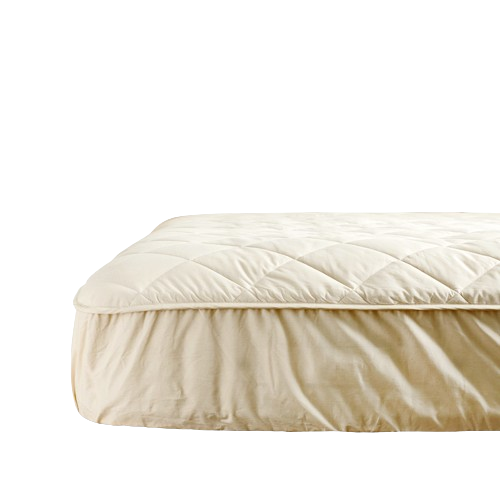
Get the Ideal Home Newsletter
Sign up to our newsletter for style and decor inspiration, house makeovers, project advice and more.

Amy is Ideal Home’s Sleep Editor and the Ideal Home Certified Expert on Sleep. She's spent the last four years researching and writing about what makes for the best night’s sleep during the day and testing out sleep products to find the best-in-class by night. So far she’s clocked up over 10,000 hours of pillow, duvet, and mattress testing experience.
Our go-to for all things sleep-related, she’s slept on and under bestselling products from Simba, Emma, Hypnos, Tempur, Silentnight, Panda, and many many more.
As a hot sleeper, Amy is always on the lookout for the most breathable bedding, but she also leads a wider team of testers to ensure our product testing encompasses both hot sleepers, cold sleepers, front sleepers, back sleepers, side sleepers, and everything in-between.
-
 Wood drenching is the calming new twist on the colour drenching trend – here’s how to make the look work in your home
Wood drenching is the calming new twist on the colour drenching trend – here’s how to make the look work in your homeIt’s easier than ever to embrace natural materials
By Maddie Balcombe
-
 Aldi is launching a £200 day bed with four different features - its sleek design is suited to the whole family
Aldi is launching a £200 day bed with four different features - its sleek design is suited to the whole familyYou don't want to miss out on this Specialbuy
By Kezia Reynolds
-
 How to set up a drip watering system that saves water and a lot of effort
How to set up a drip watering system that saves water and a lot of effortKeep your plants hydrated (and your water bill down) with this clever garden watering solution
By Natalie Osborn
